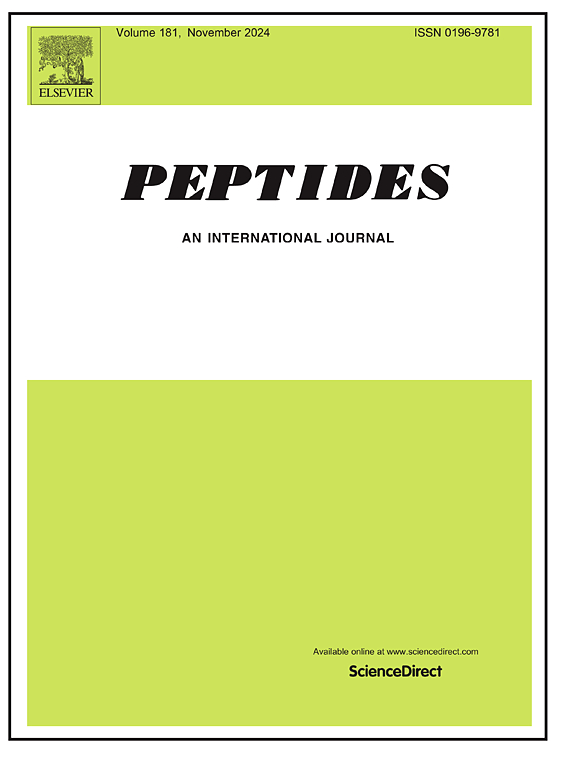Adropin: A cardio-metabolic hormone in the periphery, a neurohormone in the brain?
IF 2.9
4区 医学
Q3 BIOCHEMISTRY & MOLECULAR BIOLOGY
引用次数: 0
Abstract
Whole-body metabolic homeostasis is regulated by physiological responses across organs and tissues to proteins and peptides (<50 amino acids) released into the interstitial and circulatory spaces. These secreted factors integrate signals of metabolic status at both the cellular and systemic level, regulate the intake and distribution of ingested and stored energy substrates across tissues, and minimize toxicity from excessive excursions in circulating concentrations of energy substrates (for example, glucotoxicity and lipotoxicity). The proteins and peptides that are known to be secreted into circulation that are involved in regulating metabolic processes represent a fraction of the secretome predicted by the Human Proteome Atlas. Many undiscovered leads for targeting new therapies for metabolic diseases may therefore exist. In this review, we discuss the biology of adropin, the peptide encoded by the Energy Homeostasis Associated (ENHO) gene. First described as a feeding-responsive, liver-secreted peptide (“hepatokine”) involved in metabolic homeostasis, > 2 decades of research indicate adropin is a stress-responsive peptide acting across multiple tissues, vascular, and organ systems. Adropin modulates the responses of liver and muscle to insulin and glucagon in regulating glucose homeostasis. Adropin inhibits hepatic glucose production and stimulates glycolysis but also inhibits tissue fibrosis and maintains vascular health in aging and metabolic disease states. Adropin is also highly expressed in the central nervous system where recent data suggest neuroprotective actions. Collectively, these results suggest the potential for targeting adropin in reducing risk of both metabolic (metabolic syndrome/type-2 diabetes) and neurodegenerative diseases in the context of aging and obesity.
促肾上腺素:外周的心脏代谢激素,大脑中的神经激素?
全身代谢稳态是通过器官和组织对蛋白质和肽的生理反应来调节的(20年的研究表明,adropin是一种应激反应肽,作用于多个组织、血管和器官系统)。Adropin调节肝脏和肌肉对胰岛素和胰高血糖素的反应,调节葡萄糖稳态。Adropin抑制肝脏葡萄糖生成并刺激糖酵解,但也抑制组织纤维化并在衰老和代谢性疾病状态下维持血管健康。Adropin在中枢神经系统中也高度表达,最近的数据表明它具有神经保护作用。总的来说,这些结果表明,在衰老和肥胖的背景下,靶向adropin在降低代谢(代谢综合征/ 2型糖尿病)和神经退行性疾病的风险方面具有潜力。
本文章由计算机程序翻译,如有差异,请以英文原文为准。
求助全文
约1分钟内获得全文
求助全文
来源期刊

Peptides
医学-生化与分子生物学
CiteScore
6.40
自引率
6.70%
发文量
130
审稿时长
28 days
期刊介绍:
Peptides is an international journal presenting original contributions on the biochemistry, physiology and pharmacology of biological active peptides, as well as their functions that relate to gastroenterology, endocrinology, and behavioral effects.
Peptides emphasizes all aspects of high profile peptide research in mammals and non-mammalian vertebrates. Special consideration can be given to plants and invertebrates. Submission of articles with clinical relevance is particularly encouraged.
 求助内容:
求助内容: 应助结果提醒方式:
应助结果提醒方式:


